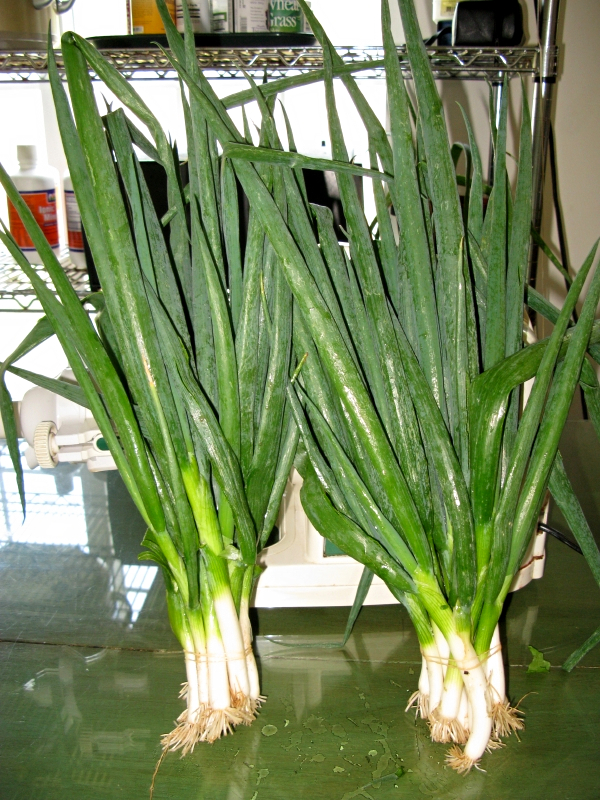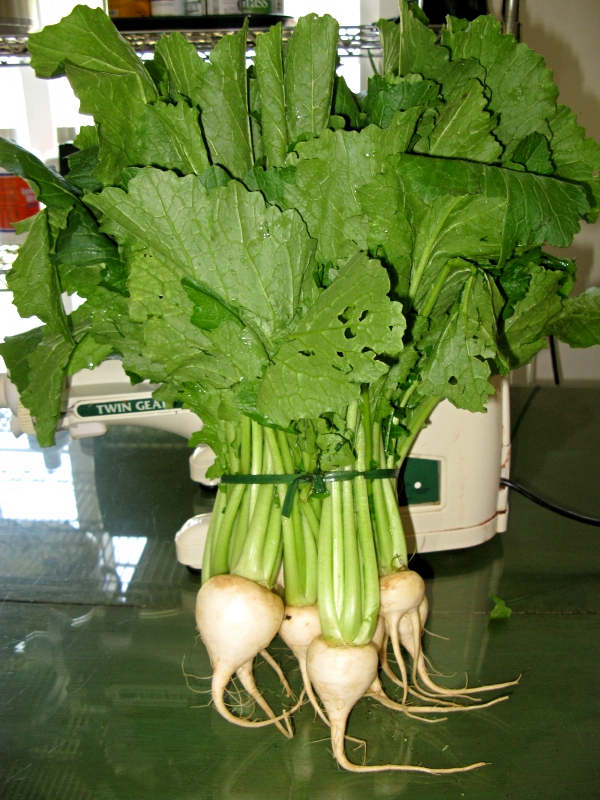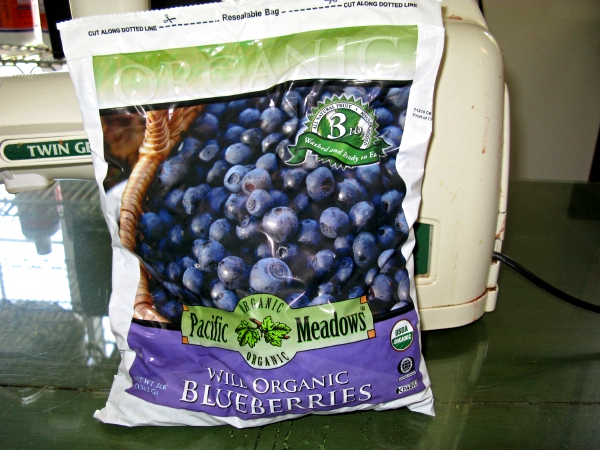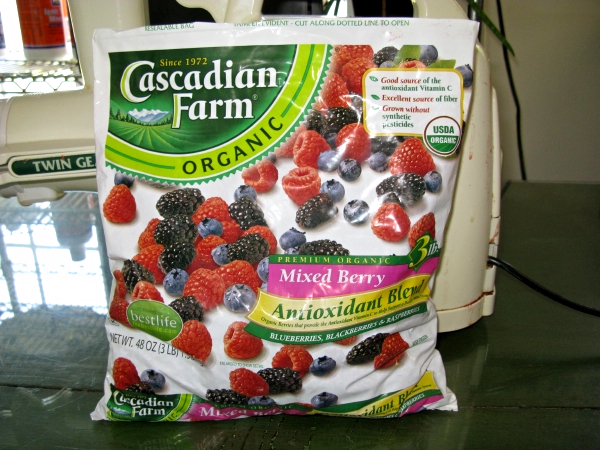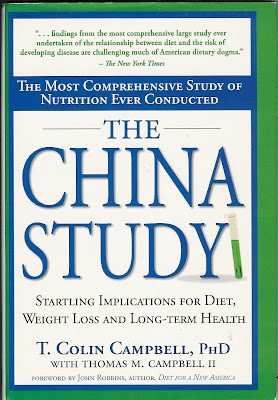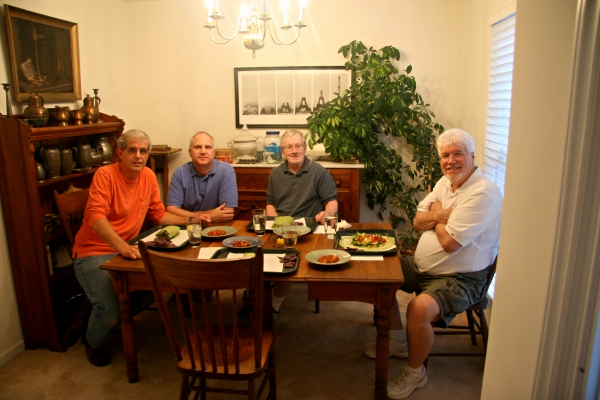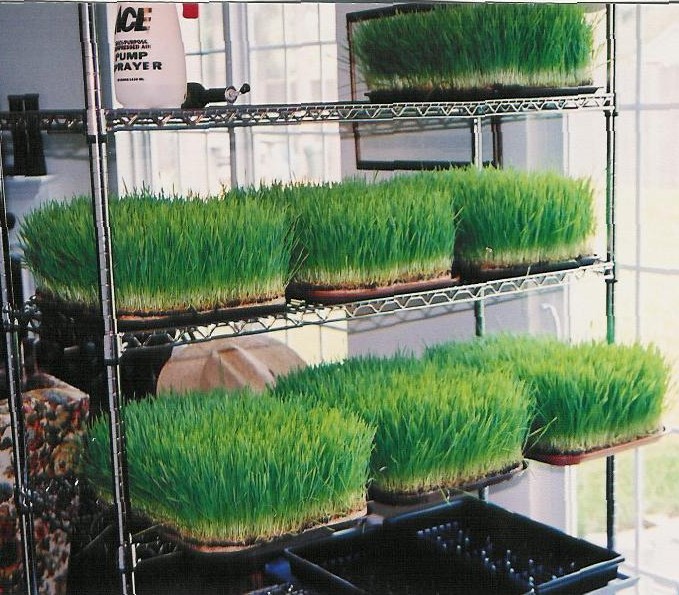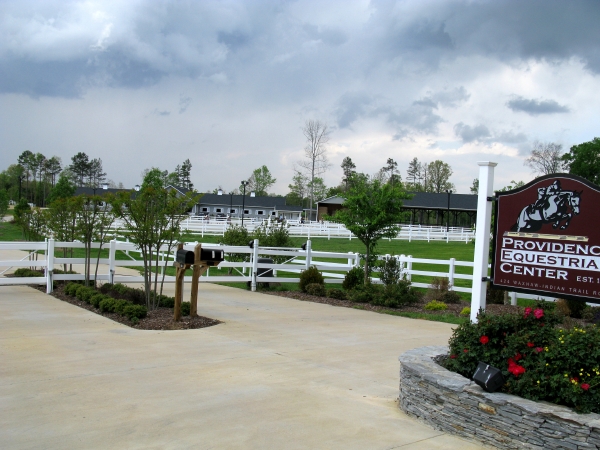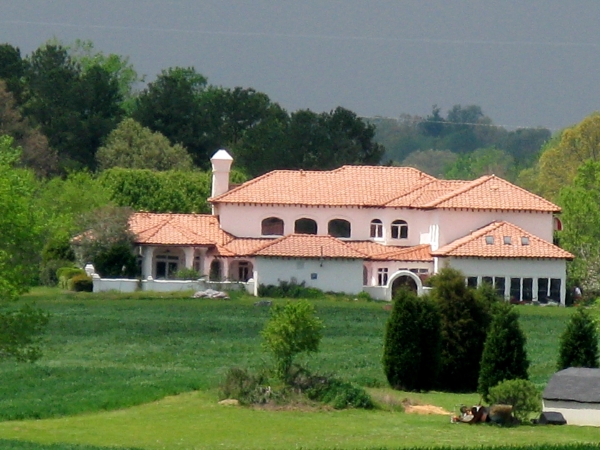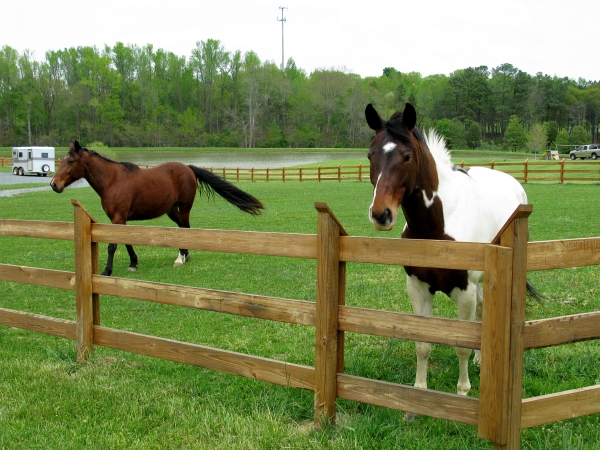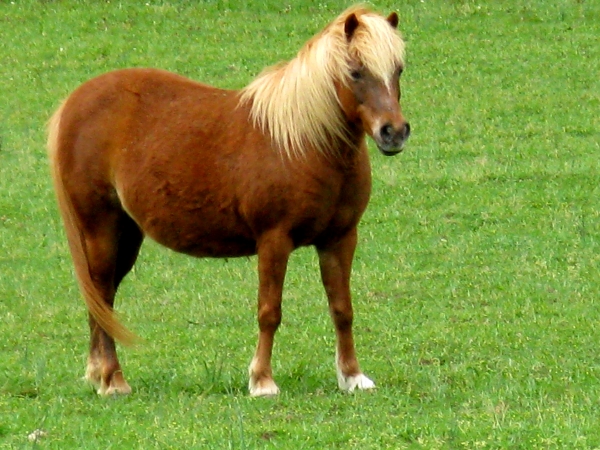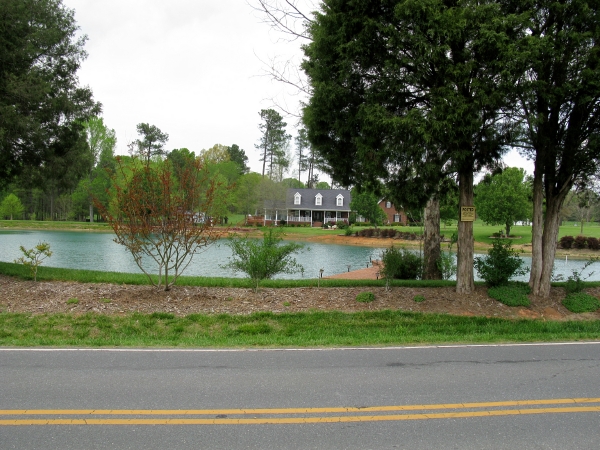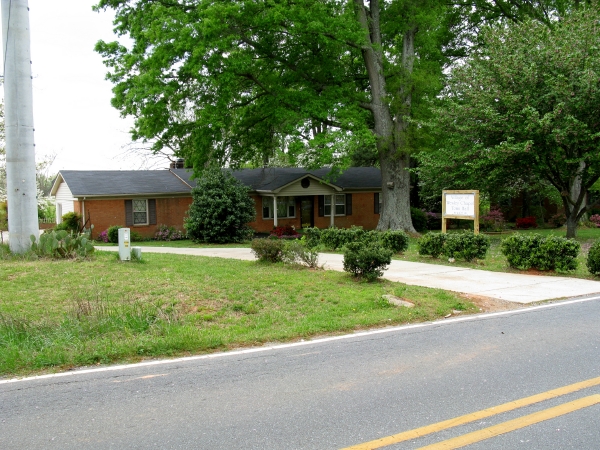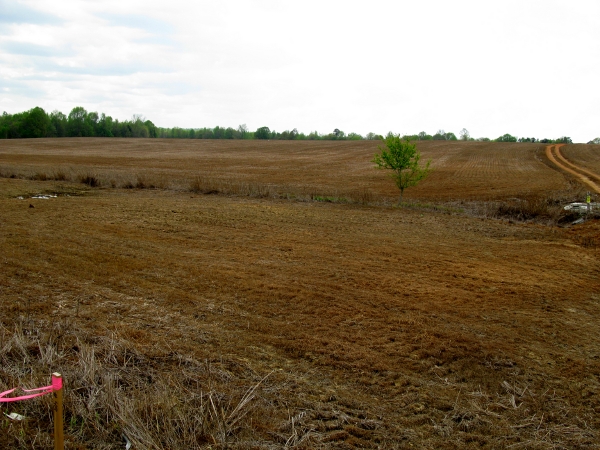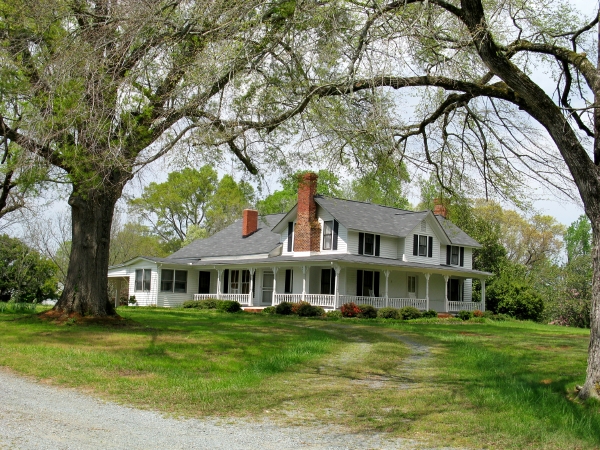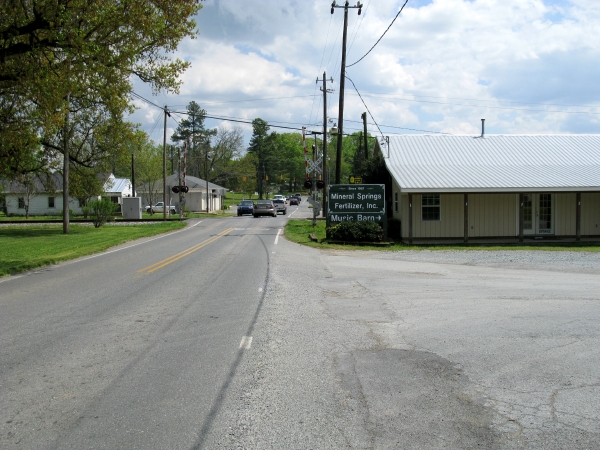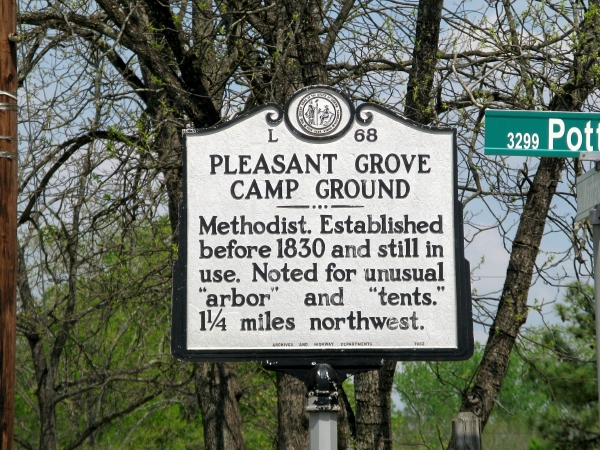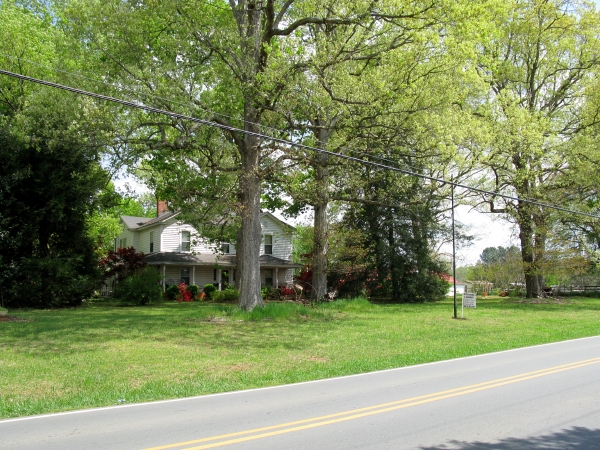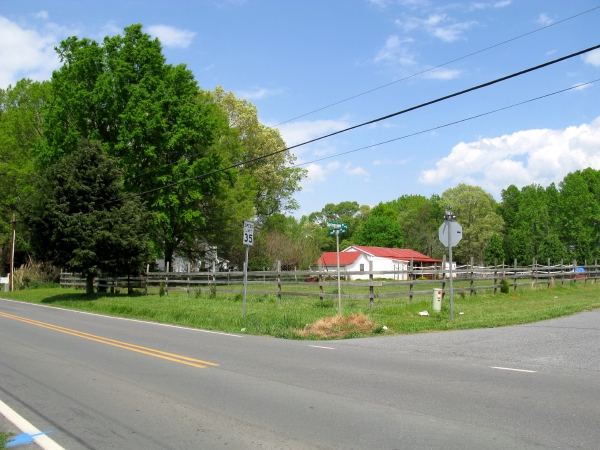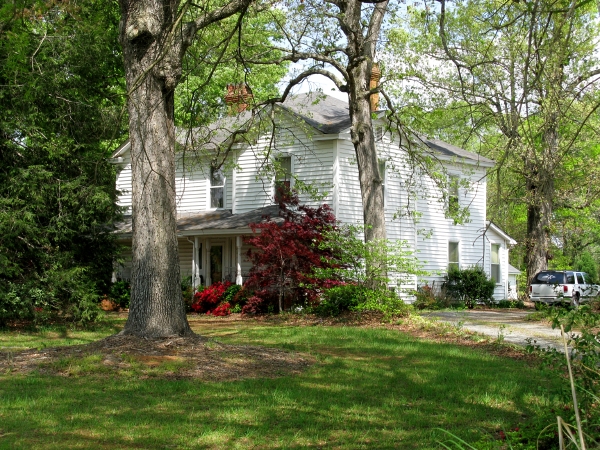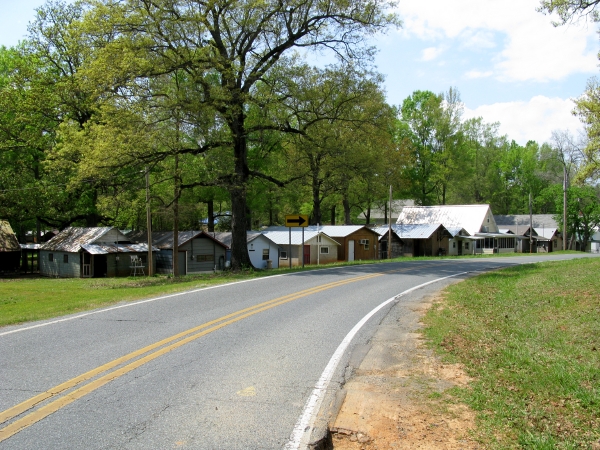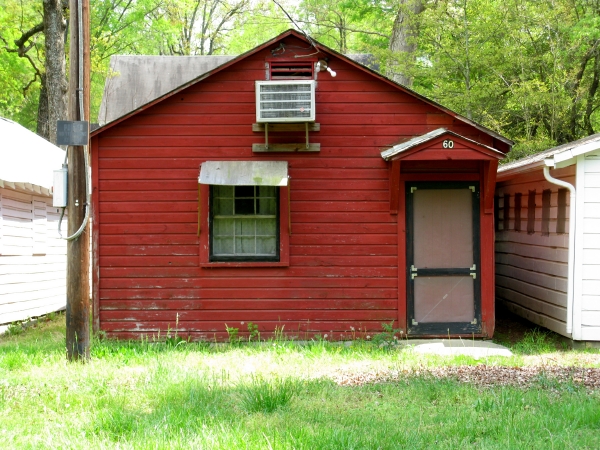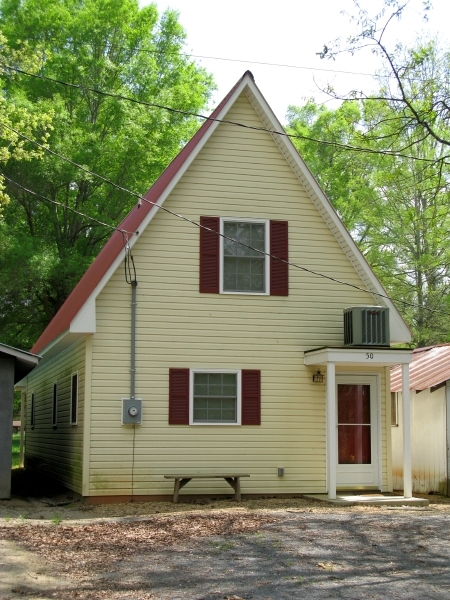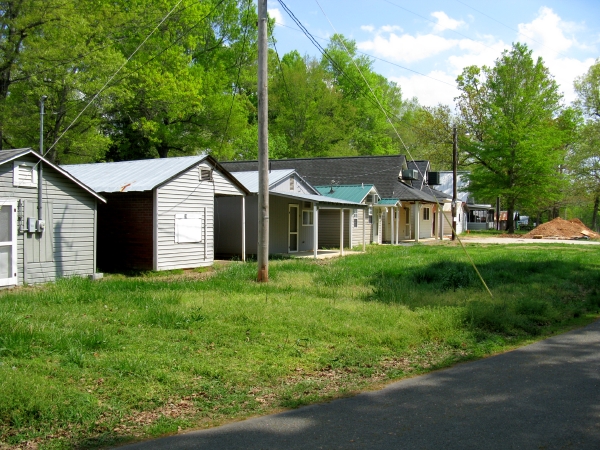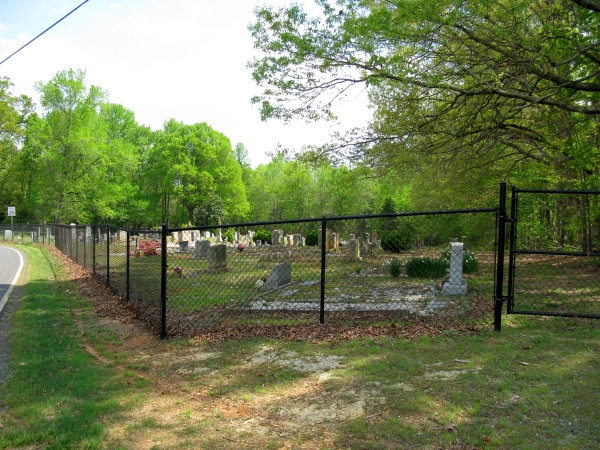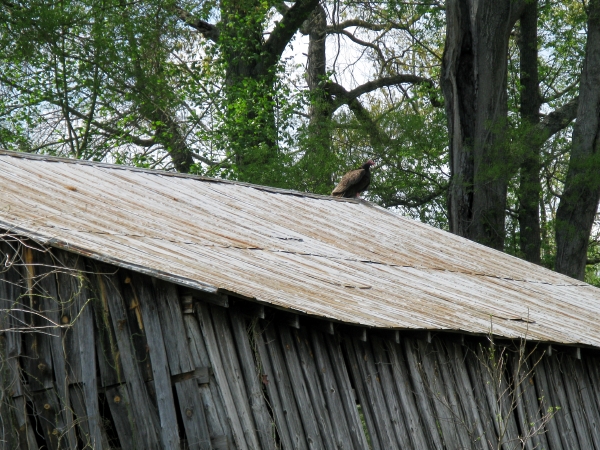Early this week I noticed that the freezer compartment of my refrigerator seemed not to be keeping things as "frozen" as usual. The 'fridge is nine years old so I figured, "Uh oh." I looked in the manual, looked online -- no help. Then this morning I noticed a puddle of water coming out from under the box.
To the Yellow Pages -- called a friendly-looking appliance repair outfit and they had a nice guy there within an hour. He took the back panel off the 'fridge to get access to the mechanicals and immediately said, "There's your problem." A styrofoam peanut had lodged itself between a blade on the fan and the fan housing, keeping the fan from running.
He popped out the peanut, checked everything out, and voilà, everything was cool again -- "We usually charge $119 for weekend service calls, but since this was a small deal we'll make it $99." I appreciated the break, trust me.
A $99 styrofoam peanut. (Explanation: I had recently unpacked a UPS shipment in the kitchen that was filled with styrofoam peanuts, many of which ended up on the floor during the unpacking. One apparenlty made its way under the 'fridge and eventually got sucked up by the fan into the fan housing.)
In retrospect, this was a lesson in logic and initiative. I know scant little about refrigerator maintenance. But I do know that the heart of a refrigerator is the compressor, and compressors generate heat so they have to be cooled by a fan. The compressor is what cools the refrigerator and the freezer, so if the box wasn't cooling properly it might be the compressor. The compressor could have died -- but that wasn't necessarily true. If the box is cooling a little bit, that means the compressor was running "a little bit" -- compressor runs, gets hot, but the fan doesn't cool it, so it shuts off and the 'fridge starts heating up. Then the compressor cools off by itself, kicks on again, heats up again, shuts off -- etc etc.
Logic would have said, "The compressor's not running efficiently. Let's see if the fan is working." A quick inspection would have found the styrofoam peanut jammed in the fan.
It's amazing how clear and logical solutions are AFTER the fact. I should have done this by myself -- but it would have been nice to have talked through this with another person: "Let's pool everything we know about how refrigerators work and see if we can narrow the problem down."
Even just taking the panel off the back of the 'fridge would have revealed the styrofoam peanut: "Hey, are refrigerator fans supposed to have a styrofoam peanut lodged between a fan blade and the fan housing preventing the fan from turning? No? Well let's remove it and see what happens -- see if things start working correctly again."
Ah, well -- hindsight is always 20/20. At age 60 I am still trying to learn to use logic in problem-solving. Many problems in life are simple enough to solve if we can get one or more minds wrapped around them. Especially when they are no bigger than a peanut.
On a more fun note, here's a cute picture of my neighbor's daughter, Kaylee, taking a spin on her dad's #24 (DuPont sponsored) lawn tractor. A safe (slow) and fun way to learn to coordinate feet, hands, and eyes in the driving position:

To the Yellow Pages -- called a friendly-looking appliance repair outfit and they had a nice guy there within an hour. He took the back panel off the 'fridge to get access to the mechanicals and immediately said, "There's your problem." A styrofoam peanut had lodged itself between a blade on the fan and the fan housing, keeping the fan from running.
He popped out the peanut, checked everything out, and voilà, everything was cool again -- "We usually charge $119 for weekend service calls, but since this was a small deal we'll make it $99." I appreciated the break, trust me.
A $99 styrofoam peanut. (Explanation: I had recently unpacked a UPS shipment in the kitchen that was filled with styrofoam peanuts, many of which ended up on the floor during the unpacking. One apparenlty made its way under the 'fridge and eventually got sucked up by the fan into the fan housing.)
In retrospect, this was a lesson in logic and initiative. I know scant little about refrigerator maintenance. But I do know that the heart of a refrigerator is the compressor, and compressors generate heat so they have to be cooled by a fan. The compressor is what cools the refrigerator and the freezer, so if the box wasn't cooling properly it might be the compressor. The compressor could have died -- but that wasn't necessarily true. If the box is cooling a little bit, that means the compressor was running "a little bit" -- compressor runs, gets hot, but the fan doesn't cool it, so it shuts off and the 'fridge starts heating up. Then the compressor cools off by itself, kicks on again, heats up again, shuts off -- etc etc.
Logic would have said, "The compressor's not running efficiently. Let's see if the fan is working." A quick inspection would have found the styrofoam peanut jammed in the fan.
It's amazing how clear and logical solutions are AFTER the fact. I should have done this by myself -- but it would have been nice to have talked through this with another person: "Let's pool everything we know about how refrigerators work and see if we can narrow the problem down."
Even just taking the panel off the back of the 'fridge would have revealed the styrofoam peanut: "Hey, are refrigerator fans supposed to have a styrofoam peanut lodged between a fan blade and the fan housing preventing the fan from turning? No? Well let's remove it and see what happens -- see if things start working correctly again."
Ah, well -- hindsight is always 20/20. At age 60 I am still trying to learn to use logic in problem-solving. Many problems in life are simple enough to solve if we can get one or more minds wrapped around them. Especially when they are no bigger than a peanut.
On a more fun note, here's a cute picture of my neighbor's daughter, Kaylee, taking a spin on her dad's #24 (DuPont sponsored) lawn tractor. A safe (slow) and fun way to learn to coordinate feet, hands, and eyes in the driving position:


